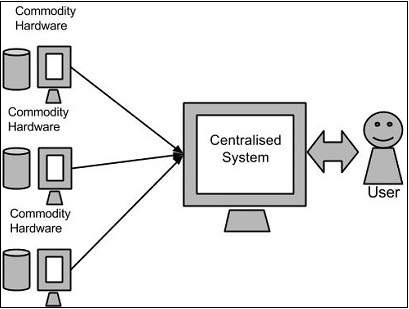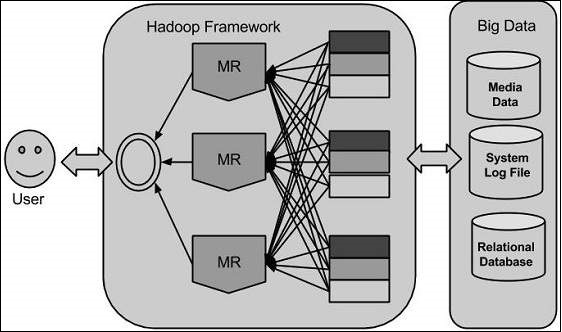Big data technologies are important in providing more accurate analysis, which may lead to more concrete decision-making resulting in greater operational efficiencies, cost reductions, and reduced risks for the business.
The major challenges associated with big data can be classified as follows:
- Capturing data
- Curation
- Storage
- Searching
- Sharing
- Transfer
- Analysis
- Presentation
To fulfill the above challenges and to harness the power of big data, you would require an infrastructure that can manage and process huge volumes of structured and unstructured data in realtime and can protect data privacy and security.
There are various technologies in the market from different vendors including,Hortonworks,CLusdera, Amazon, IBM, Microsoft, etc., to handle big data. While looking into the technologies that handle big data, we examine the following two classes of technology:
Operational Big Data
This include systems like MongoDB that provide operational capabilities for real-time, interactive workloads where data is primarily captured and stored. NoSQL Big Data systems are designed to take advantage of new cloud computing architectures that have emerged over the past decade to allow massive computations to be run inexpensively and efficiently. This makes operational big data workloads much easier to manage, cheaper, and faster to implement.
Some NoSQL systems can provide insights into patterns and trends based on real-time data with minimal coding and without the need for data scientists and additional infrastructure.
Analytical Big Data
This includes systems like Massively Parallel Processing (MPP) database systems and MapReduce that provide analytical capabilities for retrospective and complex analysis that may touch most or all of the data.MapReduce provides a new method of analyzing data that is complementary to the capabilities provided by SQL, and a system based on MapReduce that can be scaled up from single servers to thousands of high and low end machines.
These two classes of technology are complementary and frequently deployed together.
Operational vs. Analytical Systems
| Operational | Analytical | |
|---|---|---|
| Latency | 1 ms – 100 ms | 1 min – 100 min |
| Concurrency | 1000 – 100,000 | 1 – 10 |
| Access Pattern | Writes and Reads | Reads |
| Queries | Selective | Unselective |
| Data Scope | Operational | Retrospective |
| End User | Customer | Data Scientist |
| Technology | NoSQL | MapReduce, MPP Database |
Traditional Approach:
In past we used to deal bigdata with this approach, in traditional approach we will have a computer to store and process big data. Here data will be stored in an RDBMS like Oracle Database, MS SQL Server or DB2 and sophisticated softwares can be written to interact with the database, process the required data and present it to the users for analysis purpose.

Limitation
This approach works well where we have less volume of data that can be accommodated by standard database servers, or up to the limit of the processor which is processing the data. But when it comes to dealing with huge amounts of data, it is really a tedious task to process such data through a traditional database server.
Google’s Solution
Google solved this problem using an algorithm called MapReduce. This algorithm divides the task into small parts and assigns those parts to many computers connected over the network, and collects the results to form the final result dataset.

Above diagram shows various commodity hardwares which could be single CPU machines or servers with higher capacity.
Hadoop:
Doug Cutting, Mike Cafarella and team took the solution provided by Google and started an Open Source Project called HADOOP in 2005 and Doug named it after his son’s toy elephant. Now Apache Hadoop is a registered trademark of the Apache Software Foundation.
Hadoop runs applications using the MapReduce algorithm, where the data is processed in parallel on different CPU nodes. In short, Hadoop framework is capable enough to develop applications capable of running on clusters of computers and they could perform complete statistical analysis for a huge amounts of data.
